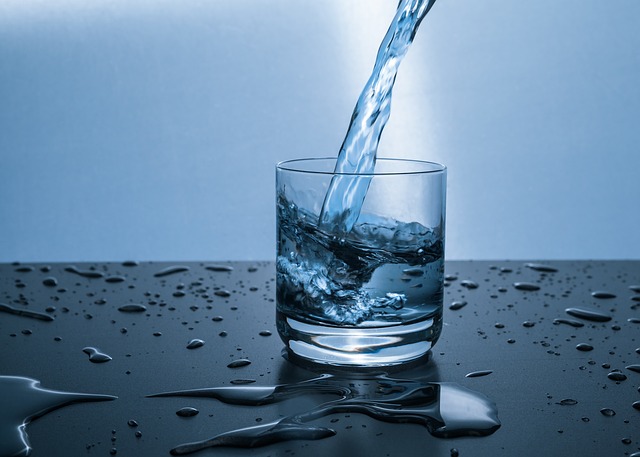11.1: Introduction to Fluids and Electrolytes
- Page ID
- 36364
Water is the foundation of all life. The surface of the earth is 70% water, and human beings are mostly water, ranging from about 75% of body mass in infants, 50–60% in adults, and as low as 45% in old age. (The percent of body water changes with development, because the proportions of muscle, fat, bone, and other tissues change from infancy to adulthood.) Of all the nutrients, water is the most critical, as its absence proves lethal within a few days. The importance of water in the human body can be loosely categorized into four basic functions: transportation vehicle, medium for chemical reactions, lubricant/shock absorber, and temperature regulator.
Maintaining the right level of water in your body is crucial to survival, as either too little or too much water in your body will result in less-than-optimal functioning. Several minerals are key to regulating water balance in different compartments of the body; the most important of these are sodium, potassium, and chloride. These minerals are classified as electrolytes, which are minerals that have an electric charge. Electrolytes are found in blood, cells, and tissues throughout the body. They perform vital functions such as regulating fluid balance, moving nutrients into cells, removing wastes from cells, and contributing to the function of the heart, brain, and nerves.

One mechanism to help ensure the body maintains water balance is thirst. Thirst is the result of your body’s physiology telling your brain to initiate the thought to take a drink. Sensory proteins detect when your mouth is dry, your blood volume too low, or blood electrolyte concentrations too high and send signals to the brain stimulating the conscious feeling to drink.
In this chapter we will discuss the importance and functions of fluid and electrolyte balance in the human body, the consequences of getting too much or too little of water and electrolytes, the best dietary sources of these nutrients, and healthier beverage choices.
Attributions
Alice Callahan, Heather Leonard, & Tamberly Powell, Instructors (Nutrition) at Lane Community College, Sourced from OpenOregon

